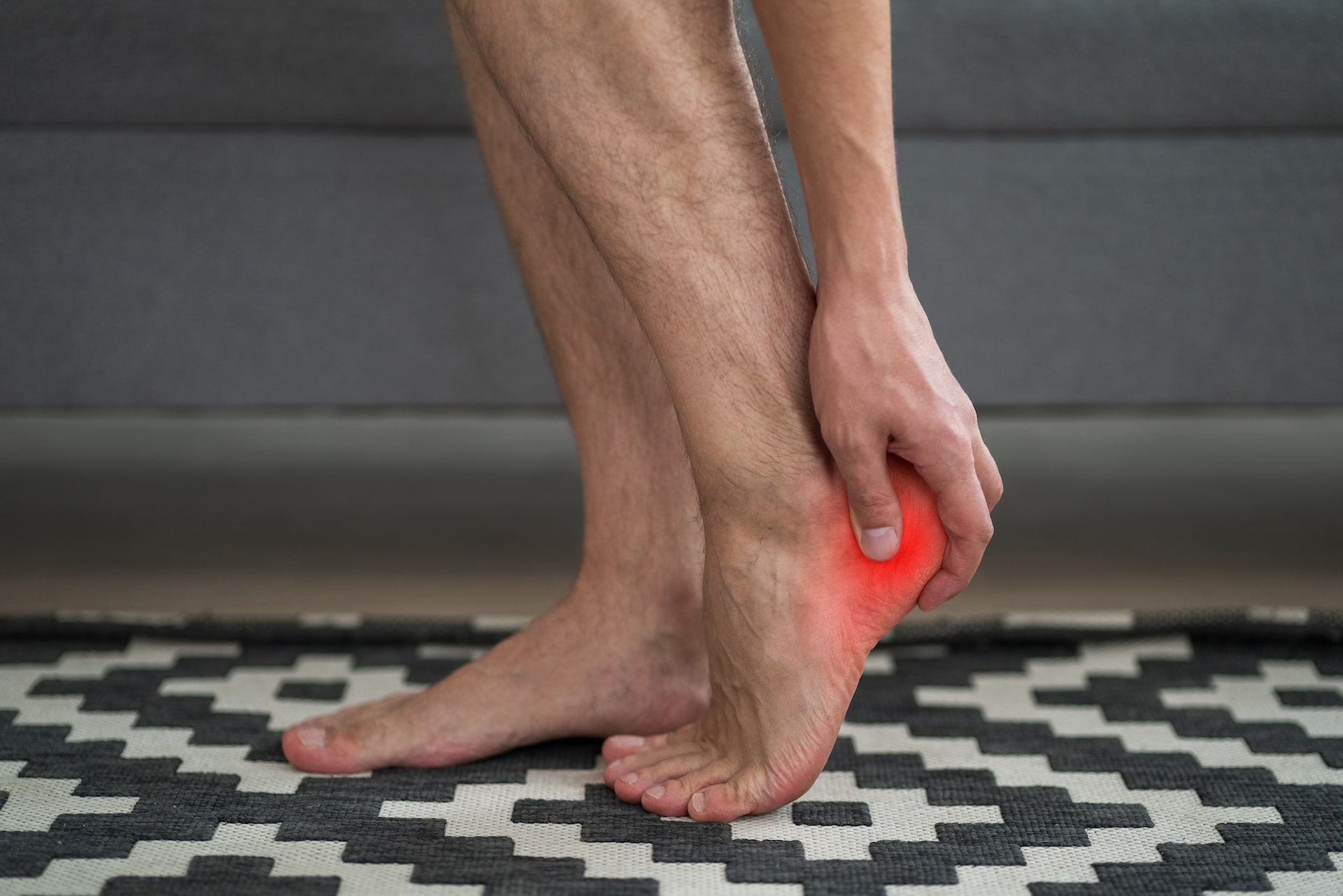Factors impacting a dancer’s likelihood of injury
Many dancers begin practicing at a young age, and if in a competitive environment, may be pushed to develop skills quickly and before they are ready physically or mentally. As skills develop, the technical difficulty of dance also increases along with a need for increasing flexibility and strength. The tools used by dancers also add to risk of injury. Dance shoes are often tighter, thinner, and have less padding than everyday shoes. The flooring in most dance studios and stages, even if they have shock absorbing properties, is hard, and increases the amount of stress placed on the feet, ankles, and legs. Many dancers also take classes and have rehearsals many days per week, anywhere from an hour to three, four, or five hours at a time leading to risk of overuse injuries.
The most common foot and ankle dance-related injuries
Although dancers may face many injuries ranging from minor to career ending, the most common are:
Stress fractures and Dancer’s fracture — The continual jumping and landing of many dancers leads to increased stress on the joints and bones, leading to stress fractures. Many dancers, but particularly those in ballet, will experience fractures in the foot along the outer side as a result of the rolling motion when coming off pointe, or rolling off the toes.
Impingement syndrome — With impingement syndrome, the tendons, particularly in the ankles for dancers, become impinged upon, or intruded upon, by the surrounding bones and tissues, resulting in abnormalities limiting range of motion.
Ligament injuries and tendonitis — Ligament and tendon injuries occur in all types of dance, often from overuse or excessive flexibility. They are often chronic and develop over time, resulting in pain and sometimes swelling or bruising.
Neuroma — Neuromas are common in all types of dance, and result from nerve irritation or abnormalities in the foot, leading to sensations of pain, burning, numbness, or tingling between the ball of the foot and the toes.
Minor problems that shouldn’t be ignored — Many dancers also face a number of minor conditions which may have big impact on the ability to dancer properly. These include toenail bruises or injuries, blisters, corns or calluses, and warts. Although these are minor conditions, they may cause significant discomfort that may lead to poor form. Poor form may in turn lead to an increased risk for other injuries.
How to ensure healthy feet and ankles in dance, and prolong your dancing years
The best way to ensure a long dance career and reduce risk of injury is to incorporate preventative measures early on, and to intervene at the earliest sign of injury.
Before injuries occur — Regularly inspect dance shoes for excessive wear or damage, and replace them frequently. Ensure that shoes fit correctly for your particular type of dance, ideally having them fitted by someone who understands the biomechanics of dance. Also, consider the dance schedule and allow time for rest and recovery between classes, rehearsals, and performances. For serious dancers, consider incorporating physical therapy or massage into the weekly dance routine as well.
At the first sign of injury — Take injuries seriously at the first sign of trouble. By intervening early, you may prevent an injury from becoming more serious or debilitating. The podiatrists at Kansas City Foot Specialists are always here to help evaluate any type of foot or ankle injuries and to provide treatment and get you back to dancing as soon as possible. Your podiatrist will evaluate the problem, examine the injured area, and offer treatment. Except in the case of injuries such as fractures or those that cause immediate immobility, treatment typically begins conservatively with rest, ice, compression, and elevation, as well as anti-inflammatory medications. Physical therapy may also be part of the treatment plan.
In the podiatrist’s office or through physical therapy, the dancer’s biomechanics may be examined in order to identify and correct imbalances. For most dancers, surgery is a last resort as surgery on the feet, ankles, or lower legs may reduce range of motion and flexibility which are critical for a dancer’s success.
Follow-up — After your injury has been evaluated, follow through on your treatment plan to ensure proper healing and to prevent future injuries.
If you or someone you love is a dancer, or has suffered from a dance-related injury, call Kansas City Foot Specialists today at 913-338-4440 to schedule an appointment. We look forward to keeping you up on that stage where you belong.



